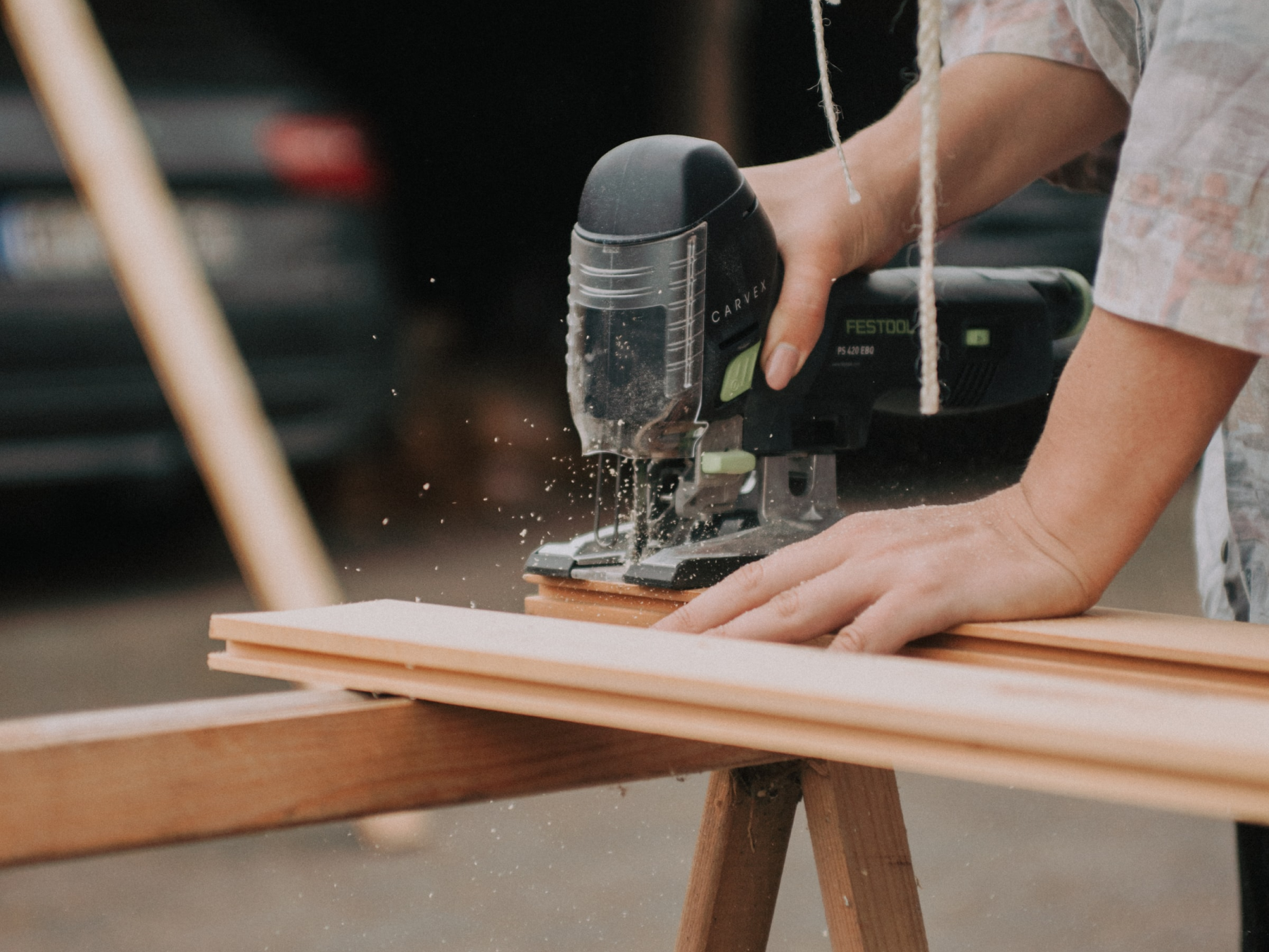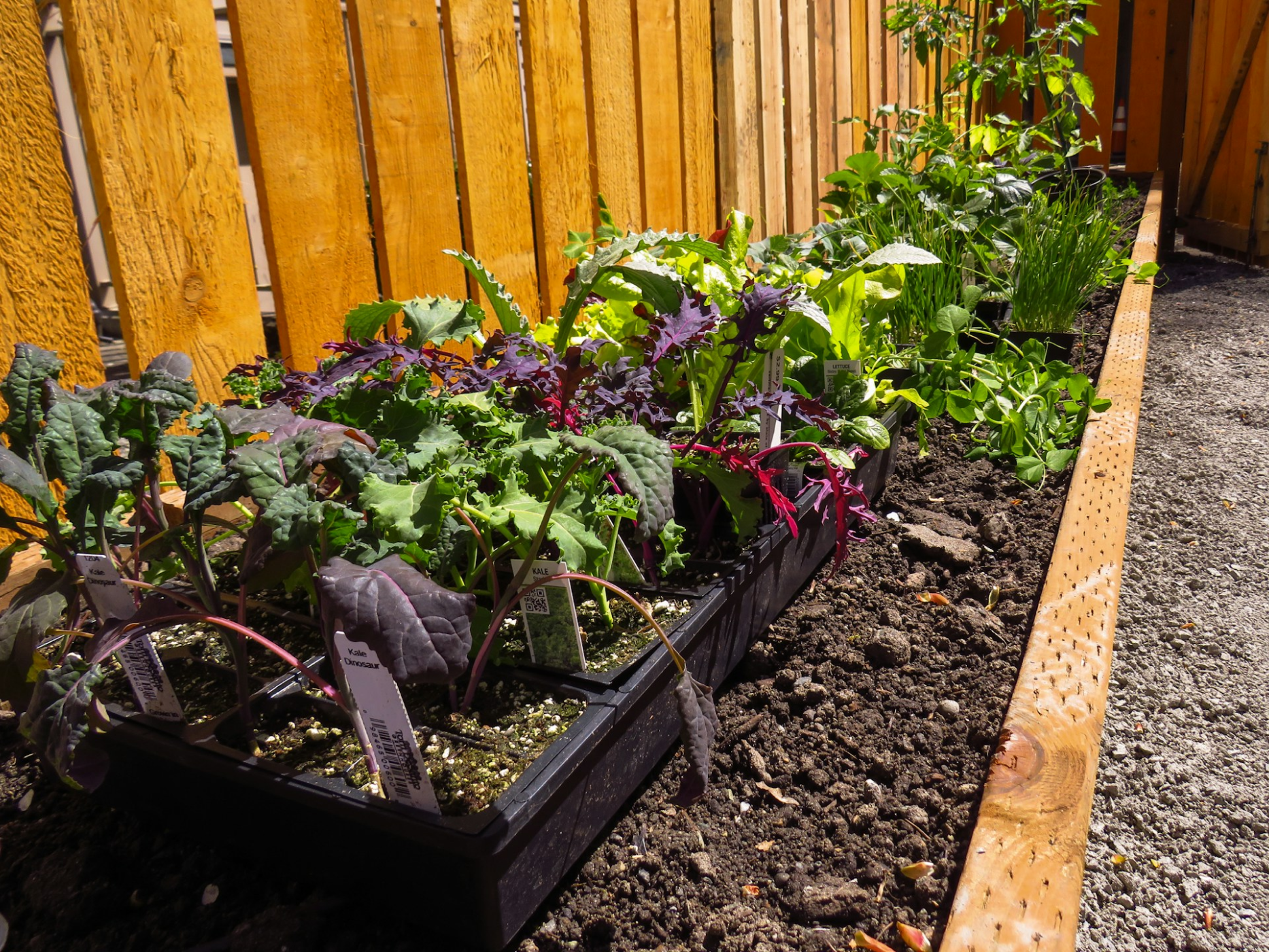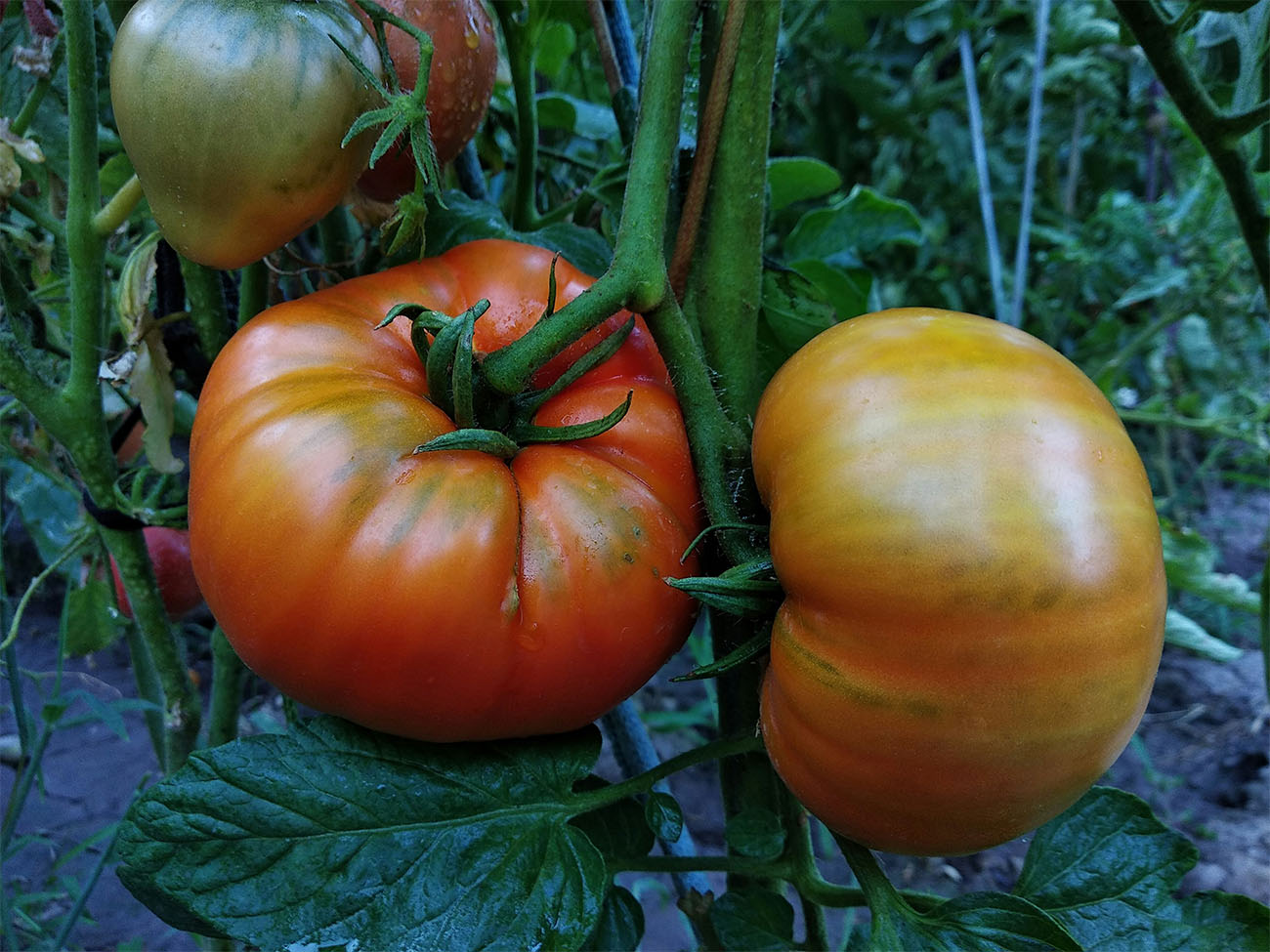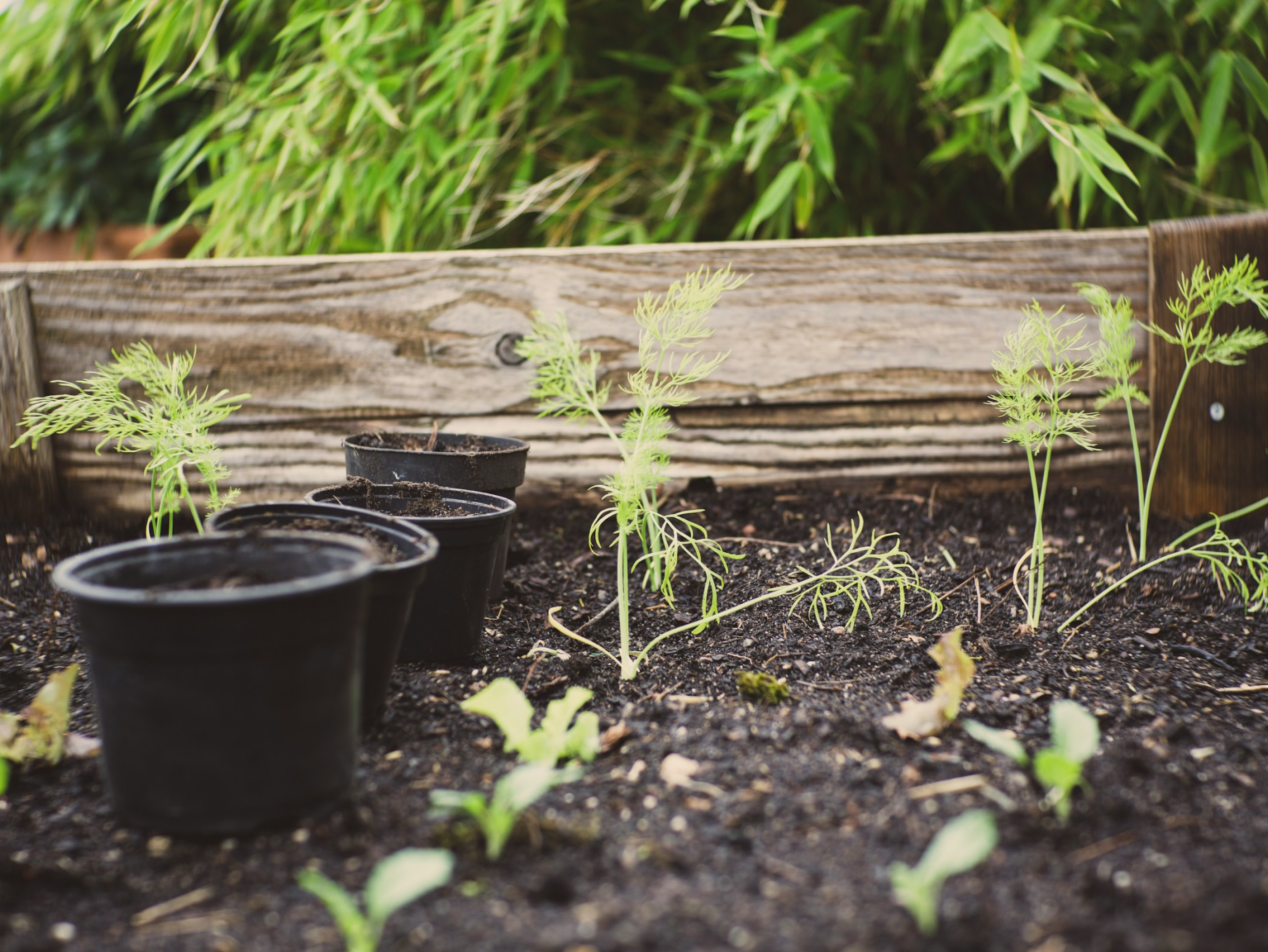A raised garden bed is an excellent way to enhance your outdoor space while providing an ideal environment for growing fruits, vegetables, and herbs. Whether you’re a gardening pro or a beginner, this guide will help you create a raised garden bed with ease. You can find all the necessary supplies at LENCO Supplies.
Shop Your Raised Bed Project
Before you start assembling your raised garden bed, make sure you have all the right materials.
Here’s what you’ll need to purchase:
- Lumber: The size and amount will depend on the dimensions of your bed.
- Deck Screws: Durable screws to assemble and secure the frame.
- Weed Barrier Sheeting: To prevent weeds from growing up into the bed.
- Hardware Cloth: Optional, for additional protection against burrowing pests.
- Soil: A mix of topsoil, compost, and other amendments to fill your bed.
Choosing the Right Lumber
Selecting the correct type of lumber is crucial for the durability and safety of your raised garden bed. Here are the pros and cons of three popular choices:
1. Cedar
-
- Pros: Naturally water-resistant and resistant to rot and decay.
- Cons: Can be expensive and difficult to find.
>> Shop Cedar
2. Spruce, Pine, Fir (SPF)
-
- Pros: More readily available and affordable.
- Cons: Less durable and not very long-lasting without treatment.
3. Pressure-Treated Lumber
-
- Pros: Treated to resist rot, decay, and insects, making it very durable.
- Cons: Older forms of treatment like CCA were controversial due to health concerns, but newer forms such as ACQ are deemed low risk by the EPA and safe for use in garden beds. (Personally, I would still wouldn’t put PT in direct contact with the soil in my bed, instead I’d use one of the other options)
>> Shop Pressure-Treated Lumber
Building the Raised Garden Bed: Step-by-Step
Step 1: Choose Location
Select a location that receives plenty of sunlight and has good drainage. A sunny spot is crucial for the health of your plants.
Step 2: Measure and Assemble Frame
Cut your lumber to the desired dimensions ensuring all pieces are even. Assemble the frame, securing the corners firmly to prevent any wobbling.
Step 3: Prepare Ground
Clear the area of any debris or grass. Lay a weed barrier to prevent unwanted growth under your garden bed.
Step 4: Position Frame
Place the frame on the prepared ground. Use a level to make sure it sits evenly, adjusting as necessary to avoid uneven soil distribution.
Step 5: Fill Bed
Fill your garden bed with a mix of soil and compost. Ensure the mix is spread evenly within the frame.
Step 6: Plant
Choose your plants based on the climate and soil conditions. Arrange them in your bed with adequate spacing to grow.
Step 7: Water and Maintain
Water your new garden bed thoroughly and maintain consistent moisture. Keep an eye on your plants for any signs of pests or diseases.
What to Plant In Your Raised Garden Bed
When deciding what to plant in your raised garden bed, consider a mix of vegetables, herbs, and flowers to create a vibrant and productive garden. Vegetables like tomatoes, peppers, lettuce, and carrots are great choices due to their compact growth and ease of harvesting. For herbs, consider basil, cilantro, parsley, and thyme, which are not only useful for cooking but also help to deter pests with their fragrant leaves. Additionally, marigolds and nasturtiums can be planted to add color and beauty to your garden while also attracting beneficial insects and repelling pests. This combination will ensure a diverse and thriving garden.
Tips for Success
- For additional weed control, consider using landscape fabric or cardboard under the soil.
- Extend your growing season by installing a hoop cover over the bed.
- Regularly check for pests and treat any infestations promptly to protect your garden.
With these steps, you’re ready to enjoy the benefits of raised bed gardening. When you’re ready to get started, we’re here for all the supplies you’ll need to build your raised garden bed. Happy gardening!







